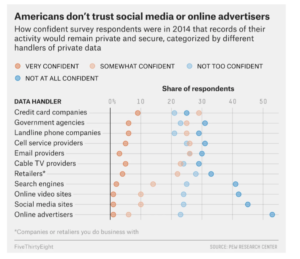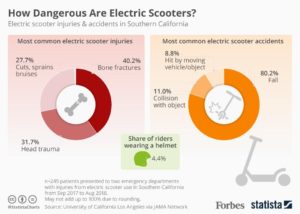This graphic illustrates average poll wait time by race in the 2012 presidential election. The data comes from the Cooperative Congressional Election Study, a survey administered by YouGov and analyzed by Harvard University.
The graphic was published on Mona Chalabi’s Instagram page. The intended audience is interested in politics and current events, but not interested in digesting large amounts of technical information. The caption reads “This is what happens when people of color live in places with a lack of poll workers and voting machines.” The author seeks to catch the audience’s attention and to highlight an unjust situation: longer wait times for people of color, and link it to an actionable policy: the distribution of poll workers and voting machines.
This graphic is effective in catching the audience’s attention and communicating in a charismatic and approachable way. I like the way the author blends illustration and data. She brakes the rule of bar charts and wraps the bars to illustrate a line. In my opinion, the aesthetic advantage of this artistic license outweighs the disadvantage that numeric comparisons are harder to measure visually.
Additionally, I believe that she chose a convincing metric to support her point. However, I would like more information on how the data was gathered, the distribution of voting resources, and the effect of wait time on voters in order to better understand the apparent injustice highlighted. Additionally, I worry that with more information, for example average wait times grouped in other ways, a more complex story could arise.


